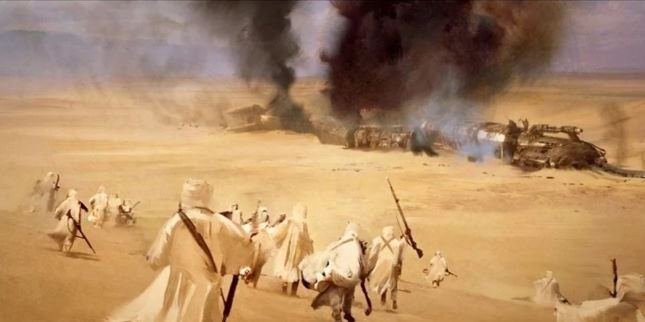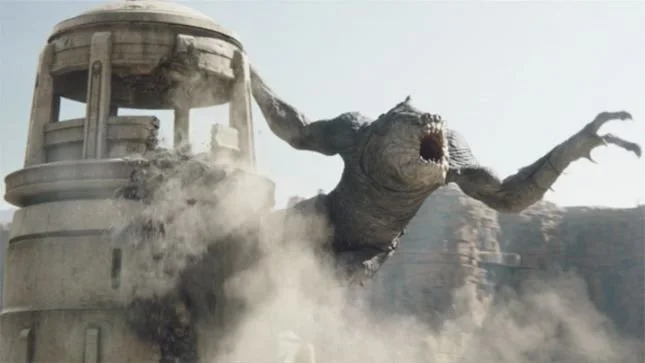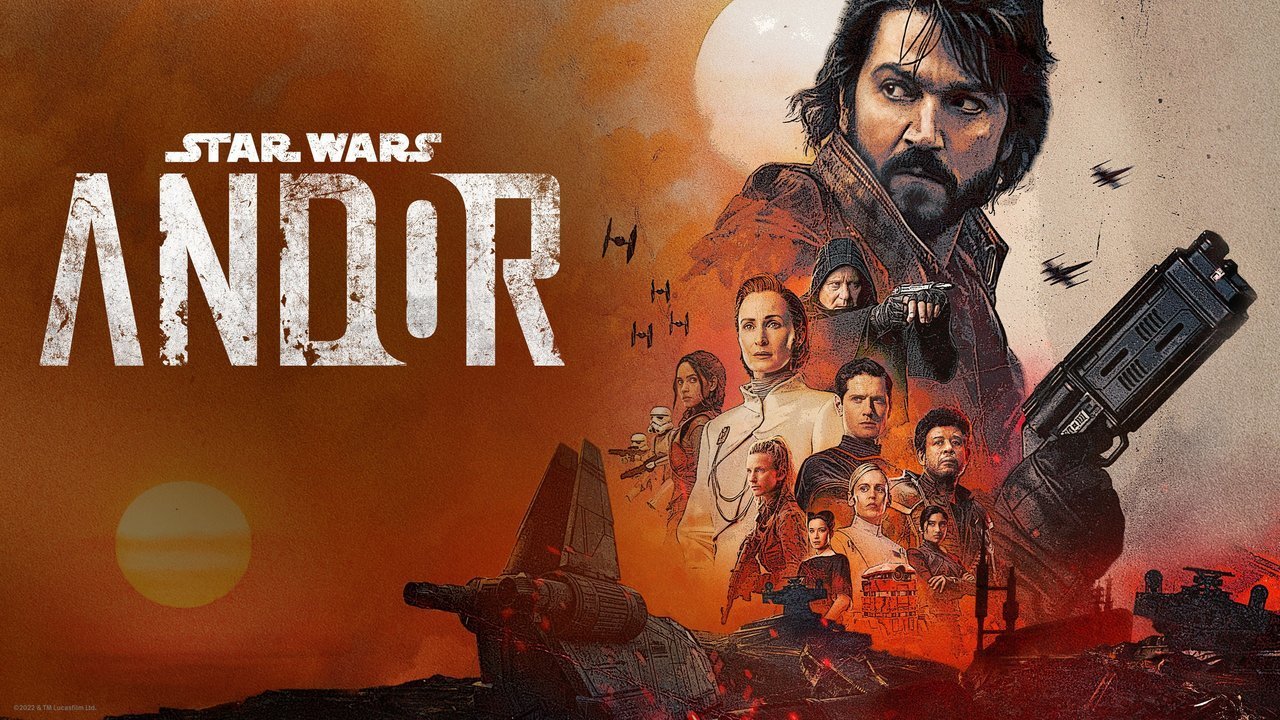Should 'Star Wars' Directors Start Focusing On The Story Rather Than Callbacks?
It is almost that time of year again and everyone loves an Easter egg, right? Of course, I am not talking about the chocolate variety. I am referring to those little gems that get inserted into trailers, movies, and television shows that are designed to surprise the observant out there who happen to notice them. These days, it feels like we are engaging in an Easter egg hunt rather than watching a story unfold.
We have come to expect these sorts of things popping up across all fandoms nowadays. Sometimes, it is more of a surprise to watch something and not spot any little Easter eggs, and then we hear about them after the event and go and look for them afterward. This has become a common thing with Star Wars projects. However, have things now gone too far. Are directors of Star Wars projects devoting more time to Easter eggs, callbacks, and shoutouts rather than focusing on the actual story?
Related:
Recent Star Wars television shows such as The Mandalorian and The Book of Boba Fett are laden with Easter eggs and massive callbacks. There are so many things inserted into each episode now that quite often you need to go and watch a few YouTube videos to make sure you have caught them all, especially in the likely event that you missed some. Now all movies and television shows have production budgets and panned shooting times. It makes you wonder how much more genuine story could have been enhanced in each show if more time had been spent on actually telling the story rather than building in all of these clever little fan service items.
Storytelling should be fluid. When watching a movie or television show you should be able to be completely immersed in the moment from start to finish. I am not a fan of events that bump you out of that story moment. Seeing an Easter egg or callback while on that journey is fine as long as it keeps you on that journey. The Book of Boba Fett probably suffers the most when it comes to breaking the fluidity of the story. and also There are a number of episodes that break you out from being fully immersed in a big way that could be considered disappointing.
In the premiere episode of The Book of Boba Fett where we spot a creature that is new to the Star Wars universe, which has some remarkable similarities to the Kraken from Clash of the Titans. It does not help that the director had decided to go with Ray Harryhausen-style stop motion animation. New creatures are not a problem, but the animation style does not really fit in with the look and feel of Star Wars. As a result, it drops me out of the Star Wars universe and into a different style of storytelling. Yes, George Lucas was influenced by films like Jason and the Argonauts and Ray Harryhausen’s works, but everything George did was elevated to the next level where possible.
A very subtle call back to another movie comes in the form of the train scene in episode 2 of The Book of Boba Fett. George Lucas was a big fan of the 1962 film Lawrence of Arabia, so it is clear that the director wanted to give a nod to the film. At least most people would have missed this one until they heard about it after the fact. I wonder how many people today have even heard of Lawrence of Arabia (let alone seen it). It brings into question whether an eagle-eyed viewer has spotted it and announced it to the world or if it had to be discreetly fed out there from official sources.
The worst offender in The Book of Boba Fett is probably the introduction of the Mods. They are a blatant shoutout to the 1979 classic Quadrophenia. This is a case of trying to be cool and creating something that just does not fit with the story or location. None of it looks or feels like it belonged in the Star Wars universe, and certainly not on Tatooine.
Last but not least, we have the callback to the first-ever Star Wars appearance of Boba Fett in the rightly criticized Star Wars Holiday Special back in 1978. In an animated segment of the Star Wars Holiday Special, we see Boba Fett riding a giant beast. In episode three of The Book of Boba Fett, Fett receives a rancor from the Hutts and he asks the keeper if he can be taught to ride it. This little callback then comes into full effect in the final episode with Boba Fett riding the rancor into battle. Now, this is okay in general, and it does not take too much attention from the story. However, the opportunity is then squandered when Boba Fett and the rancor get separated and we end up going full King Kong. It is not subtle and does not feel like a believable Star Wars event. Once again, we lose immersion.
A lot of people may not agree with this article. To me, the focus should always be on storytelling. If a director wants to add some little cool Easter egg, callback, or shoutout, then it should not be at the expense of the story as a whole.
Read Next:







